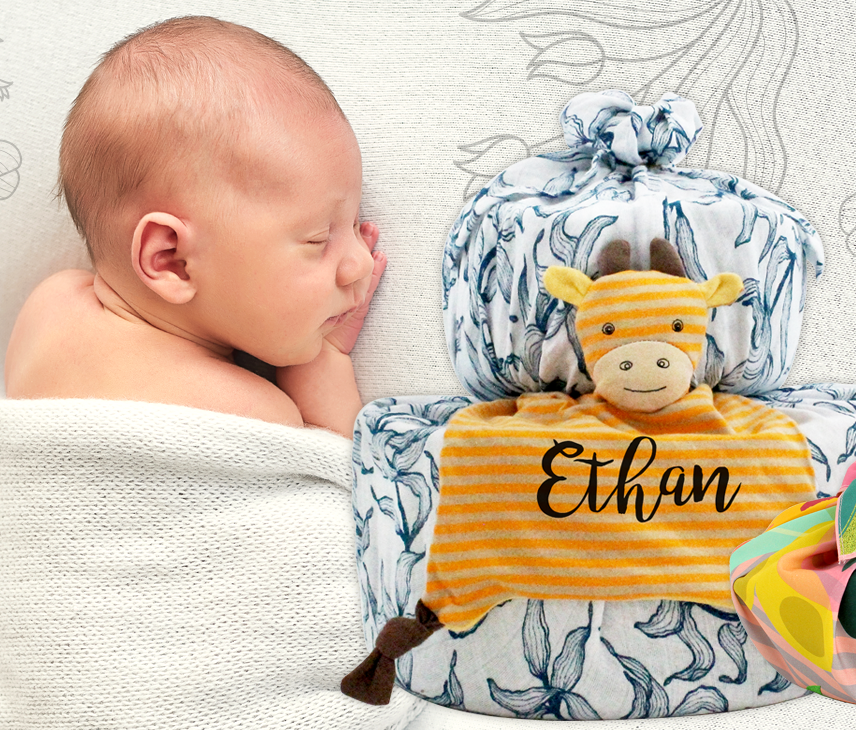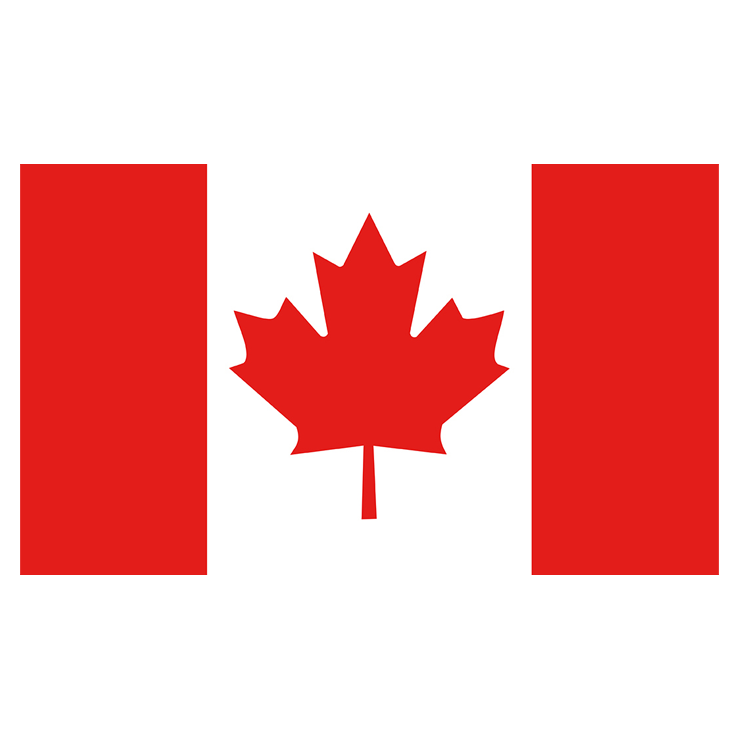

|
This article is written by Nadja Velez |
The modern economy owes much of its development in the past 60 years to the use of plastics. However, it is well acknowledged that the use of plastics has led to severe detrimental effects on wildlife when it leaks to the environment.
When we think of the impact of plastic debris, the first image that may come to mind might be a seal pup trapped in trash. As heartbreaking and concerning as the entanglement of wildlife in plastic trash can be, it is only the tip of the iceberg when it comes to the impacts that plastic has on ecosystems.
Here, we list the 5 main ways plastic waste affects wildlife, some of which are often overlooked:
1) Entanglement:
It is estimated that hundreds of thousands of marine mammals and sea turtles die due to entanglement in plastic debris, often by drowning, starving, incurring physical trauma and infections.
Within entanglement, there is a particularly deadly threat: ghost fishing. Ghost fishing is when discarded or lost fishing gear keeps fishing and entangling wildlife. It is estimated that 640,000 tonnes of fishing gears are lost to the ocean each year.

2) Ingestion:
Ingestion is when an organism consumes a piece of plastic (either voluntarily or involuntarily). Sea birds are particularly prone to mistake plastic pieces for food. This happens because, while plastic debris floats in the open sea, algae grow on its surface. Algae emit volatile compounds such as dimethyl sulfide (DMS), a smell that usually signals food to seabirds and other marine species. Silicone and rubber often assume shapes and textures that resemble worms and are deceiving to aquatic-associated birds such as storks5.
When ingested items have sharp edges, they can cause injury when passing through the digestive system. The ingestion of non-digestible trash is aggravated when the animal is physiologically unable to regurgitate. Often, pieces of plastic enter the digestive system and get stuck inside the body, ultimately diminishing the capacity to digest food, causing bloating and impairing mobility, and even causing blockage of the stomach or intestines.
Unfortunately, even smaller can create deathly intestinal blockages, as is the case for juvenile sea turtles, where an amount as little as 0.5 g of plastic has been documented to result in a deathly blockage.

Facts: Sea Birds are particularly prone to mistake plastic pieces for food.
3) Smothering and modifying the seafloor
Heavier polymers of plastic debris and pieces fouled by algae can become heavier than seawater and sink to the sea floor. There, they can smother organisms by either limiting their exposure to light (needed for photosynthesis) or limiting gas exchange between sediment and water. If the piece sinks but is mobile, it can also scrape and break delicate organisms such as corals.
It can also sink on areas where usually there are no rigid surfaces, promoting the growth of species that would regularly not grow in that area modifying the ecosystem.

4) Dispersing invasive species and promoting the spread of diseases
A floating raft (such as plastic debris) is very handy when it comes to the dispersion of species. But when those species have the potential to become invasive outside of their natural ecosystem, that poses a serious threat. The same may apply to the dispersal of disease. Not only that, but studies have also demonstrated that the reduced health of corals caused by the entrapment of plastics can increase the likelihood of disease up to 89%.

Facts: Invasive Killer Algae that contain toxic compounds spread rapidly to any substrates including rock, mud, & seagrass beds.
5) Chemical leakage & pollutant adsorption
The chemical leakage of plastics also affects the well-being of wildlife. Manufacturers add chemicals such as (PCBs, BPA, and phthalates) to the plastic matrix to confer its desired properties. Plastic leachate effects on hormonal pathways and behaviour patterns have been described for multiple invertebrates, highlighting how even inconspicuous effects of plastic pollution may have serious ecological implications.

Once in the marine environment, the polarity on the surface of plastic pieces causes the adsorption of water pollutants onto their surface, making those plastic pieces act as pollutant vectors if ingested by wildlife.
These forms of impacts collectively affect not only the individual but also the ecosystem it belongs to. Plastic contamination ultimately reduces an ecosystem’s resilience to change, and even from an anthropocentric point of view, it is a concerning problem as it threatens the viability of the ecosystem services provided to humankind.
With the rise in consumer awareness and growing scientific evidence of such impacts, different policies are being stimulated and the call for a circular, sustainable economy is on the surge. While centralised legislation is necessary to tackle the problem, each of us individual citizens have a part to play. In a capitalistic system, citizens vote with their dollar, and as an interest in zero-waste products increase, so does the creation of a more circular economy. At Zeronto Gift Baskets, these sustainable values are non-negotiable, and we aim to help you make the transition to a more sustainable and less plastic-filled life as smooth as possible. We believe that this transition is a win-win-win outcome, where your family, the local community, and the environment benefit.

References:
1. Hahladakis, J. N. Delineating and preventing plastic waste leakage in the marine and terrestrial environment. Environ. Sci. Pollut. Res. 27, 12830–12837 (2020).
2. NOAA. Entanglement of Marine Life: Risks and Response. Available at: https://www.fisheries.noaa.gov/insight/entanglement-marine-life-risks-and-response. (Accessed: 16th April 2021).
3. Welden, N. A. Chapter 8 - The environmental impacts of plastic pollution. in Plastic Waste and Recycling (ed. Letcher, T. M.) 195–222 (Academic Press, 2020). doi:https://doi.org/10.1016/B978-0-12-817880-5.00008-6.
4. Procter, J., Hopkins, F. E., Fileman, E. S. & Lindeque, P. K. Smells good enough to eat: Dimethyl sulfide (DMS) enhances copepod ingestion of microplastics. Mar. Pollut. Bull. 138, 1–6 (2019).
5. Nicastro, K. R. et al. Plastic ingestion in aquatic-associated bird species in southern Portugal. Mar. Pollut. Bull. 126, 413–418 (2018).
6. Egbeocha, C., Malek, S., Emenike, C. & Milow, P. Feasting on microplastics: ingestion by and effects on marine organisms. Aquat. Biol. 27, 93–106 (2018).
7. Santos, R. G., Andrades, R., Boldrini, M. A. & Martins, A. S. Debris ingestion by juvenile marine turtles: An underestimated problem. Mar. Pollut. Bull. 93, 37–43 (2015).
8. Corcoran, P. L. Benthic plastic debris in marine and fresh water environments. Environ. Sci. Process. Impacts 17, 1363–1369 (2015).
9. Lamb, J. B. et al. Plastic waste associated with disease on coral reefs. Science (80-. ). 359, 460–462 (2018).
10. Barnes, D. K. A. Biodiversity: Invasions by marine life on plastic debris. Nature (2002). doi:10.1038/416808a.
11. Langlet, D., Bouchet, V., Delaeter, C. & Seuront, L. Motion behavior and metabolic response to microplastic leachates in the benthic foraminifera Haynesina germanica. J. Exp. Mar. Bio. Ecol. 529, 151395 (2020).
12. Seuront, L., Nicastro, K., McQuaid, C. & Zardi, G. Microplastic leachates induce species‐specific trait strengthening in intertidal mussels. Ecol. Appl. 31, (2020).



